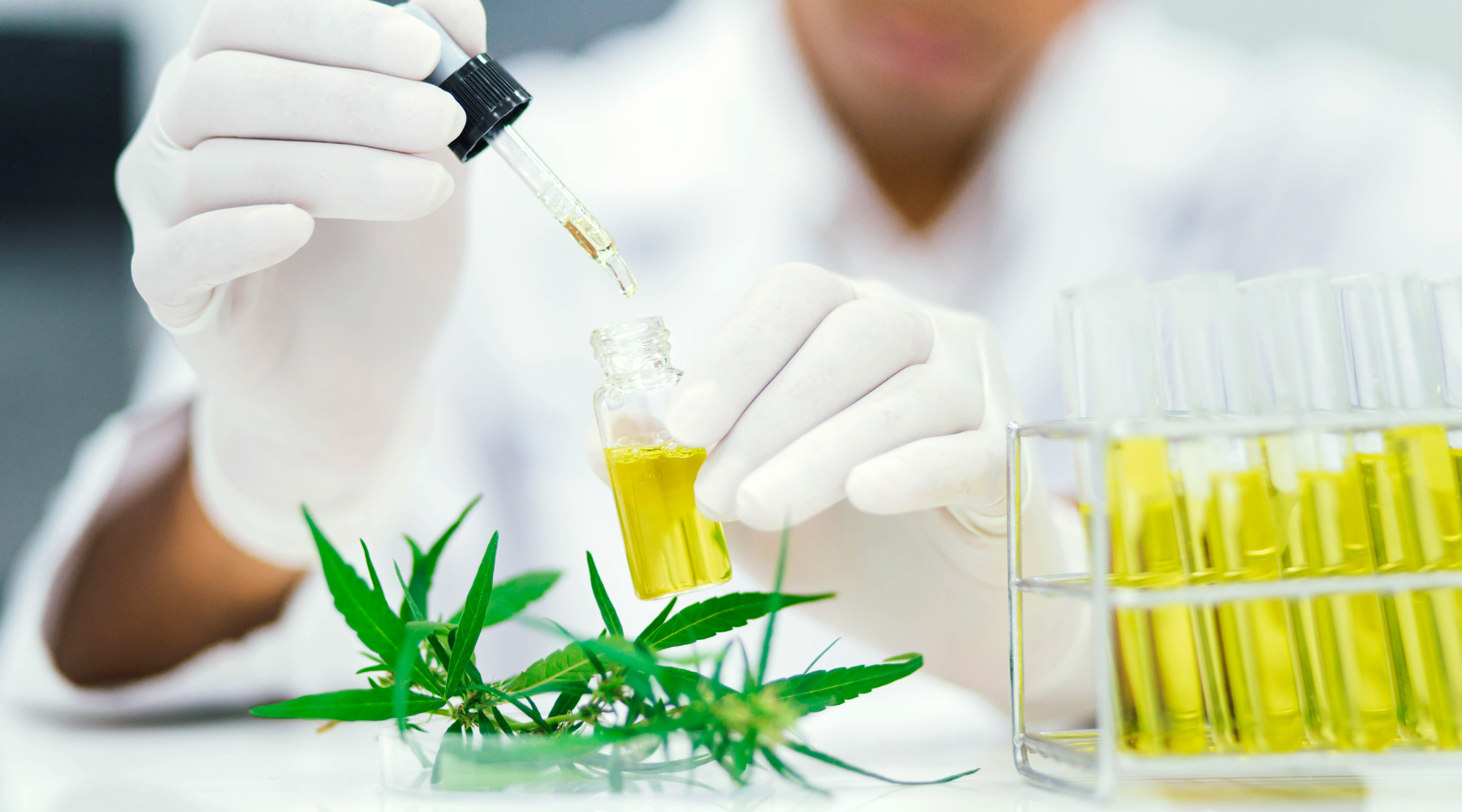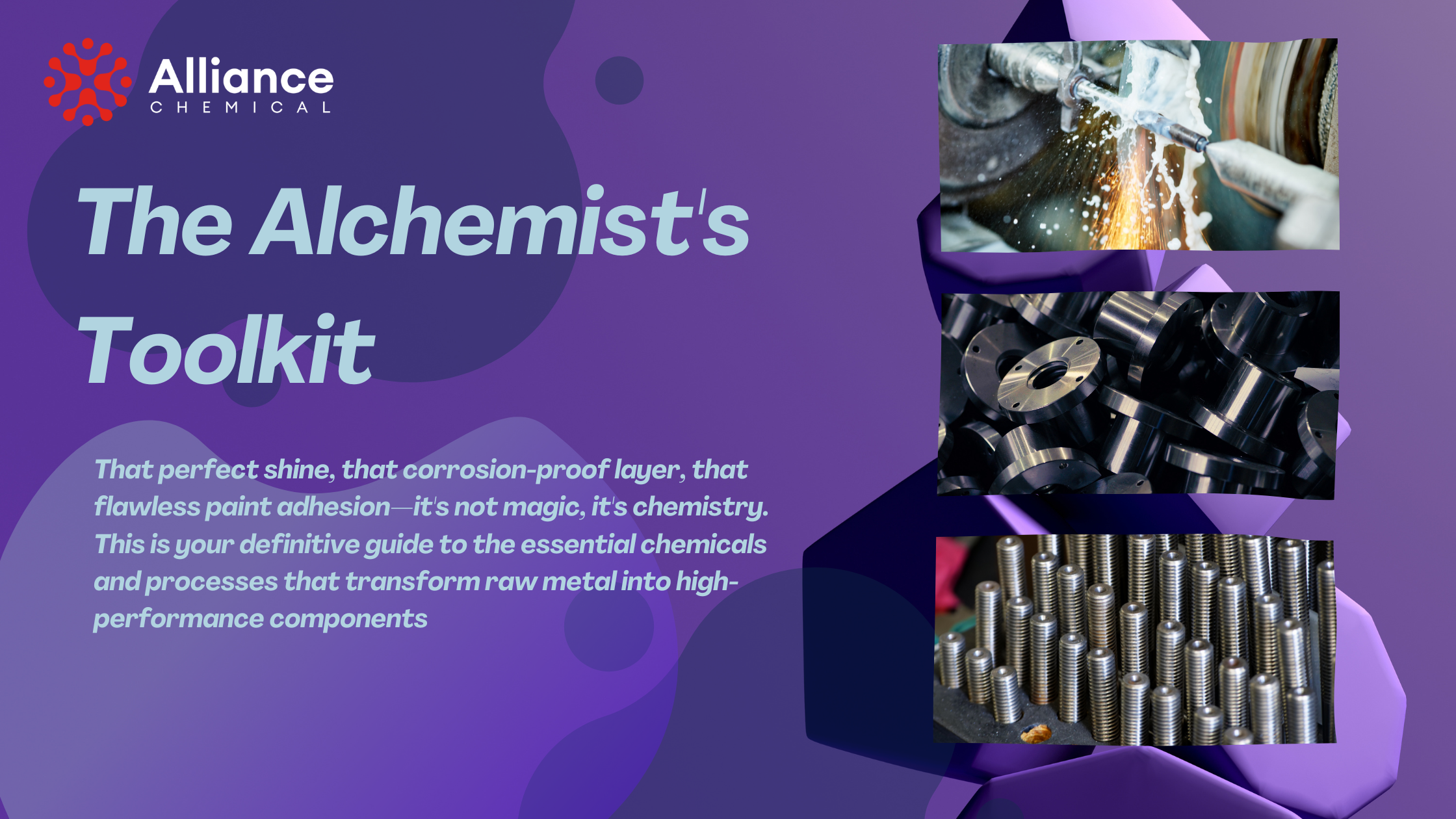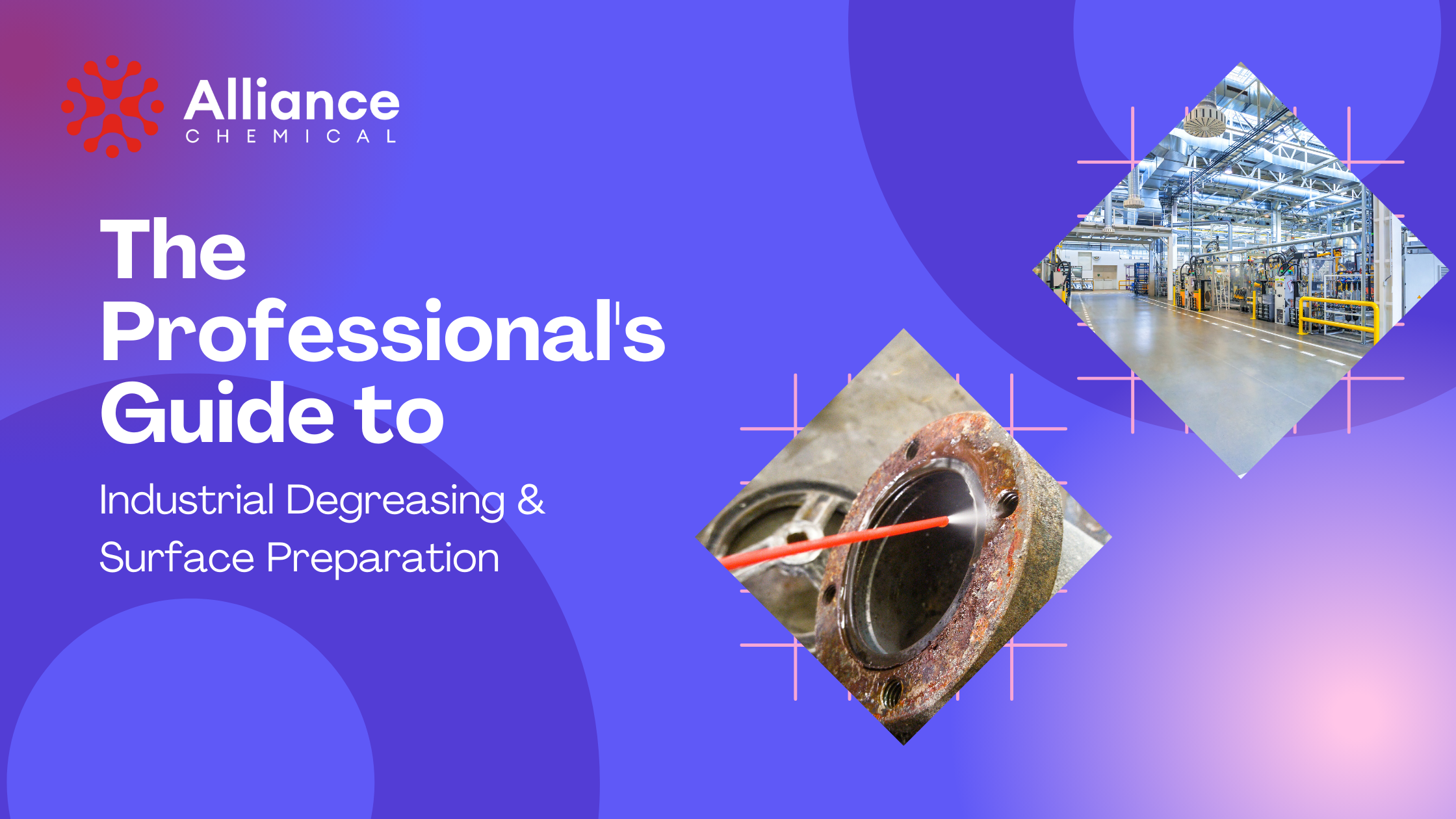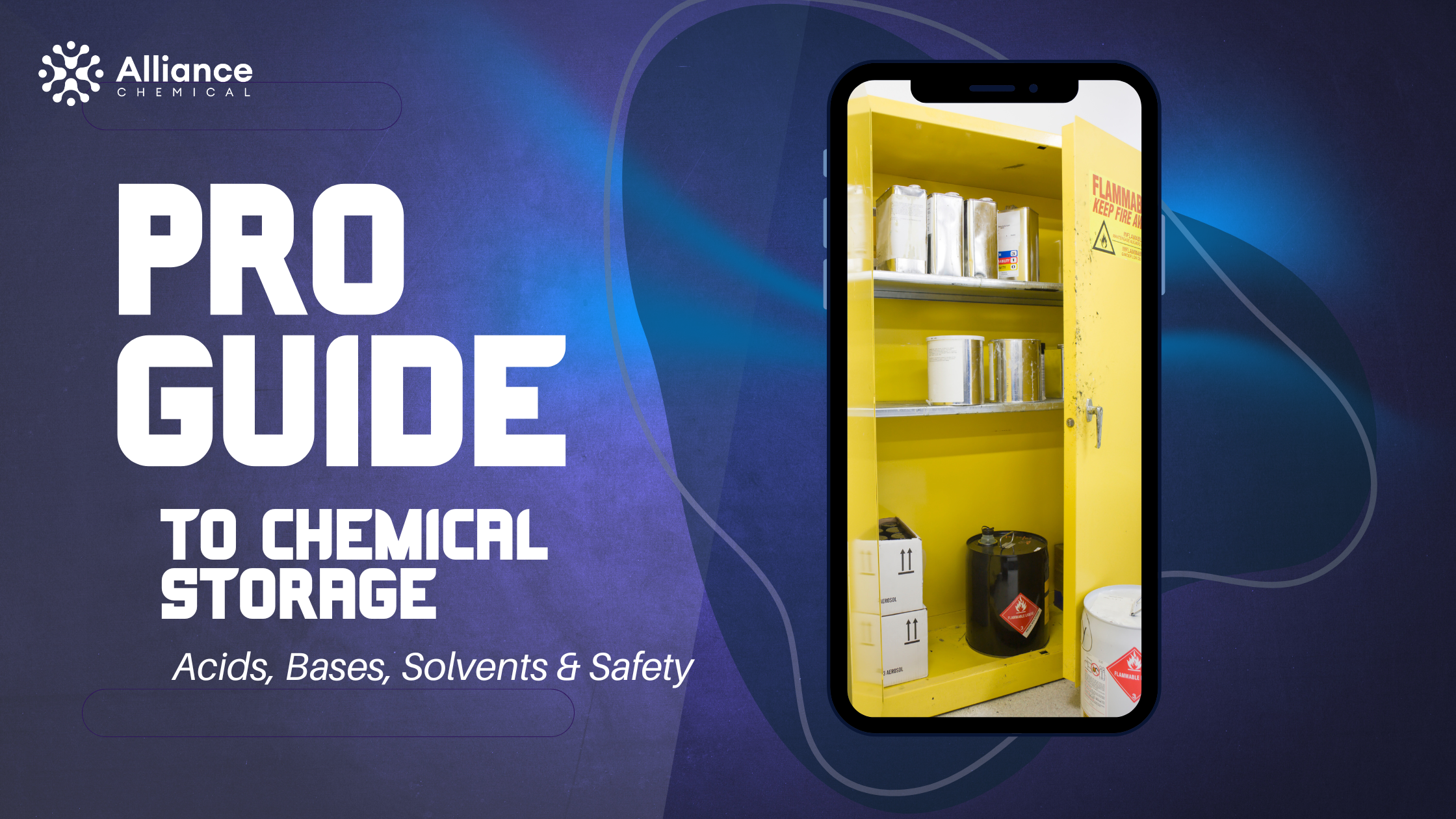
How to Use Toluene for Effective Paint Thinning: A Comprehensive Guide
Summary
In the world of professional coatings and industrial finishes, achieving the perfect viscosity and flawless application is a science. While many general-purpose thinners exist, for high-performance oil-based enamels, varnishes, and specialty coatings, Toluene is the solvent of choice for professionals. This definitive technical guide explores the chemistry of Toluene's solvent power, provides a detailed procedural guide for its use, compares it to common alternatives, and covers the critical safety protocols required for handling this powerful chemical.
The Chemistry of a High-Performance Solvent
Toluene (C₇H₈), also known as methylbenzene, is a clear, water-insoluble aromatic hydrocarbon. Its structure—a benzene ring attached to a methyl group—is the key to its exceptional solvent power. As an aromatic hydrocarbon, it readily dissolves other non-polar compounds, including the complex resins, binders, and pigments found in high-performance coatings.
It is often referred to as a "hotter" or more aggressive solvent than mineral spirits. This means it has a much stronger and faster action on tough, durable coatings like alkyd enamels, marine paints, and industrial varnishes. Its relatively fast, controlled evaporation rate is another key advantage, as it allows the paint to flow and level out beautifully, preventing issues like brush marks or "orange peel" in sprayed finishes, before flashing off to allow the coating to cure properly.
The Core Application: Professional Paint Thinning
Toluene is not a general-purpose thinner. It is specifically intended for reducing the viscosity of solvent-based (oil-based) coatings. It should NEVER be used with water-based latex or acrylic paints.
Coatings Compatible with Toluene:
- Alkyd-based and oil-based enamels
- Industrial and marine varnishes
- Polyurethane coatings (solvent-based)
- Epoxy primers and topcoats (check manufacturer's specs)
- Specialty paints like acrylic lacquers
A Professional's Guide to Usage: Beyond the "Splash and Stir"
Properly thinning paint is a precise process. The goal is to achieve the optimal viscosity for your application method without compromising the integrity of the coating.
How-To: The Viscosity Test
For professional spray applications, guessing the right consistency is a recipe for failure. Using a viscosity cup (like a Zahn or Ford cup) is the professional method.
- Consult the paint's Technical Data Sheet (TDS) for the recommended viscosity (measured in seconds) for your spray gun setup (e.g., HVLP, conventional).
- Start by adding a small amount of Toluene Technical Grade (about 5-10% by volume) to your paint and mix thoroughly.
- Dip the viscosity cup into the thinned paint, lift it out, and start a stopwatch the moment the bottom of the cup clears the surface.
- Stop the watch the instant the solid stream of paint breaks. This duration is your viscosity.
- Adjust with small amounts of toluene or more paint until you hit the manufacturer's recommended time.
Recommended Dilution Ratios (Starting Points)
| Application Method | Typical Dilution Ratio (Toluene to Paint) | Goal |
|---|---|---|
| Brushing / Rolling | 5 - 10% | Improve flow and leveling, reduce brush marks. |
| Conventional Air Sprayer | 15 - 20% | Achieve proper atomization and a smooth, even fan pattern. |
| HVLP Sprayer | 10 - 15% | Reduce viscosity for the lower pressure of HVLP systems. |
Important: These are starting points. Always refer to the paint manufacturer's specific recommendations on their Technical Data Sheet.
Buyer's Guide: Selecting the Right Toluene Grade
| Grade | Purity Standard | Key Characteristics | Primary Applications |
|---|---|---|---|
| Technical Grade | Industrial Specification | High purity, suitable for most industrial and commercial coating applications. | Paint thinning, equipment cleanup, heavy-duty degreasing, adhesive manufacturing. |
| ACS Grade | American Chemical Society | Extremely high purity, with certified low levels of impurities like benzene. | Laboratory research, chemical synthesis, analytical testing, high-tech manufacturing. |
Toluene vs. The Alternatives: A Technical Comparison
Choosing the right solvent requires understanding the trade-offs in performance and safety.
| Solvent | Solvency Power ("Hotness") | Evaporation Rate | Best For... | Key Disadvantage |
|---|---|---|---|---|
| Toluene | High | Fast | Alkyd enamels, varnishes, specialty coatings. | High health/flammability hazard. |
| Xylene | High | Medium | Slower-drying enamels, epoxy, where a longer "wet edge" is needed. | High health/flammability hazard. |
| Acetone | Very High | Very Fast | Lacquers, fiberglass cleanup. (Often too fast for paint). | Can cause paint to "blush" or dry too quickly. |
| Mineral Spirits | Low | Slow | Basic oil-based paints, general cleanup. | Not strong enough for many industrial coatings. |
Industrial Applications Beyond Coatings
- Chemical Synthesis: Toluene is a key precursor in the production of other major chemicals, including benzene, TNT (trinitrotoluene), and polyurethanes.
- Adhesives and Rubber: It is a primary solvent in the manufacturing of rubber and many industrial adhesives.
- Fuel Additive: Toluene is a powerful octane booster and is used as a component in gasoline formulations.
MANDATORY Safety Protocols for Handling Toluene
Toluene is a highly hazardous chemical with significant health and safety risks. It is for professional and industrial use only and must be handled with extreme care.
- High Flammability: Toluene is extremely flammable. Eliminate ALL sources of ignition—sparks, open flames, static electricity, pilot lights, and hot surfaces—from the work and storage areas.
- Severe Inhalation Hazard: Toluene vapors are a potent neurotoxin. Short-term exposure can cause dizziness, headaches, and confusion. Long-term exposure can lead to severe, permanent damage to the central nervous system. A NIOSH-approved respirator with organic vapor (OV) cartridges is mandatory.
- Ventilation is Critical: Use Toluene only in a well-ventilated area, preferably with mechanical exhaust ventilation like a spray booth, to prevent vapor buildup.
- Personal Protective Equipment (PPE): In addition to a respirator, always wear chemical-resistant gloves (Viton® or laminate film) and splash-proof safety goggles with a full-face shield.
- Storage and Disposal: Store in a cool, well-ventilated, dedicated flammable liquids cabinet. Dispose of Toluene and Toluene-soaked materials as hazardous waste according to all local, state, and federal regulations.









